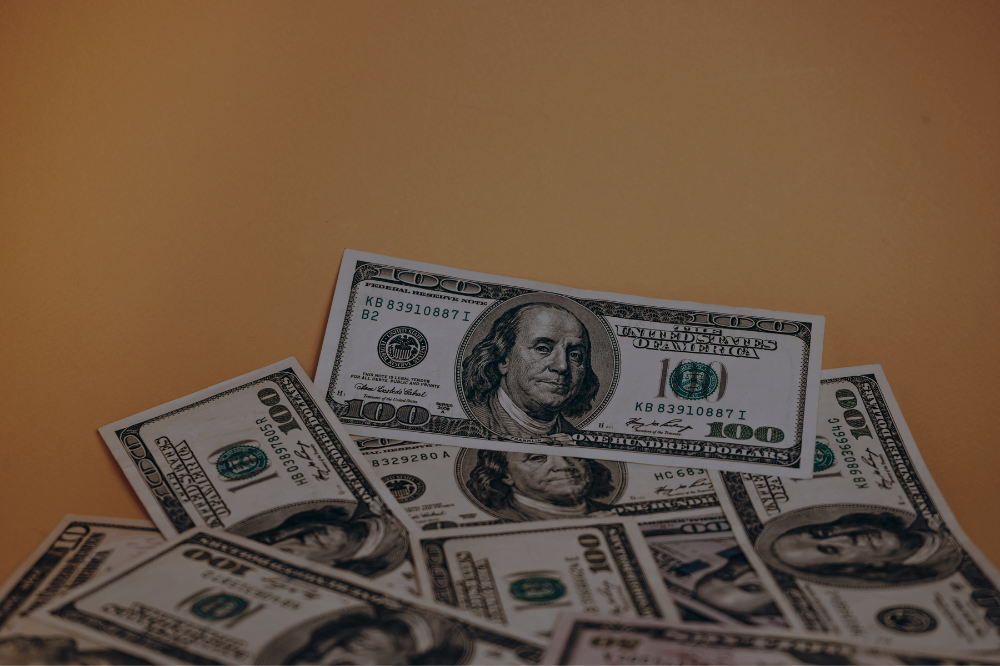Cash discounts can help you save some money when making a purchase, but how much does it actually save you? Find out!
More merchants are now offering discounts for cash payments instead of credit cards, potentially saving you money in certain situations. But how much does it actually save you? Cash discounts typically range from 2% to 4%, though they can sometimes be higher. While only about 3% of cash transactions received discounts in 2022, this is a significant increase from 1.8% in 2015, according to the Federal Reserve Bank of Atlanta. This trend is likely to continue growing, expert says.
On the other hand, some businesses add surcharges for credit card payments, making cash payments a more economical choice. A recent LendingTree survey found that 69% of cardholders have encountered extra charges for using credit cards.
This comes as a result of less and less consumers using cash. According to the Federal Reserve, only 18% of payments were done with cash in 2022, down from 31% in 2016, while using credit cards to make purchases increased to 31% from 18%.
Matt Schulz, chief credit analyst at LendingTree, says that “Sometimes, it can make sense to just go ahead and pay cash”, pointing out that this could be the case even when considering credit card rewards, once most of them offer a maximum of 2% cashback, which is often less than the savings from cash discounts.
“If the merchant establishes a discount that’s high enough, even if you have the best rewards card in the world you may still end up paying less if you use cash,” said Adam Rust, director of financial services at the Consumer Federation of America, a consumer advocacy group.
Why Do Businesses Want You To Use Cash?
Businesses offer cash discounts to avoid the fees associated with credit card transactions, which can range from 2% to 4%, according to the National Retail Federation. These fees are a significant expense for businesses, second only to labor costs. By offering discounts for cash payments or adding surcharges to credit card transactions, businesses can lower their costs.
However, surcharges for credit card payments are not legal in all states. As of May 2023, Connecticut and Massachusetts banned them, while Colorado and Oklahoma limited them to 2%, according to the North Carolina Restaurant and Lodging Association. Visa also reduced the maximum surcharge to 3% from 4%.
When to Pay with Cash
Cash incentives can significantly influence consumer behavior. Research by Joanna Stavins, a senior economist and policy advisor at the Federal Reserve Bank of Boston found that offering a cash discount increases the likelihood of a cash payment by 19.2%.
For instance, gas stations have been leading in offering cash discounts, with an average of 5 to 10 cents per gallon, according to Patrick De Haan, head of petroleum analysis at GasBuddy. Cash discounts are also common in healthcare payments and for big-ticket spending like tax bills and college tuition, where payment processing fees can be high.
Advantages of Credit Cards
Credit cards do have their benefits, especially in terms of fraud protection and ease of tracking spending. They can be particularly useful for first-time purchases at a store, items that might need to be returned, or fragile items being delivered. However, for those who struggle to pay off credit card balances on time, using cash or debit cards might be a better option to avoid high-interest charges. Debit cards can be a good alternative as they usually don’t incur surcharges like credit cards, making them a cheaper option in many cases.
If you want to check out more news and financial tips on our website, you can click on this link!

